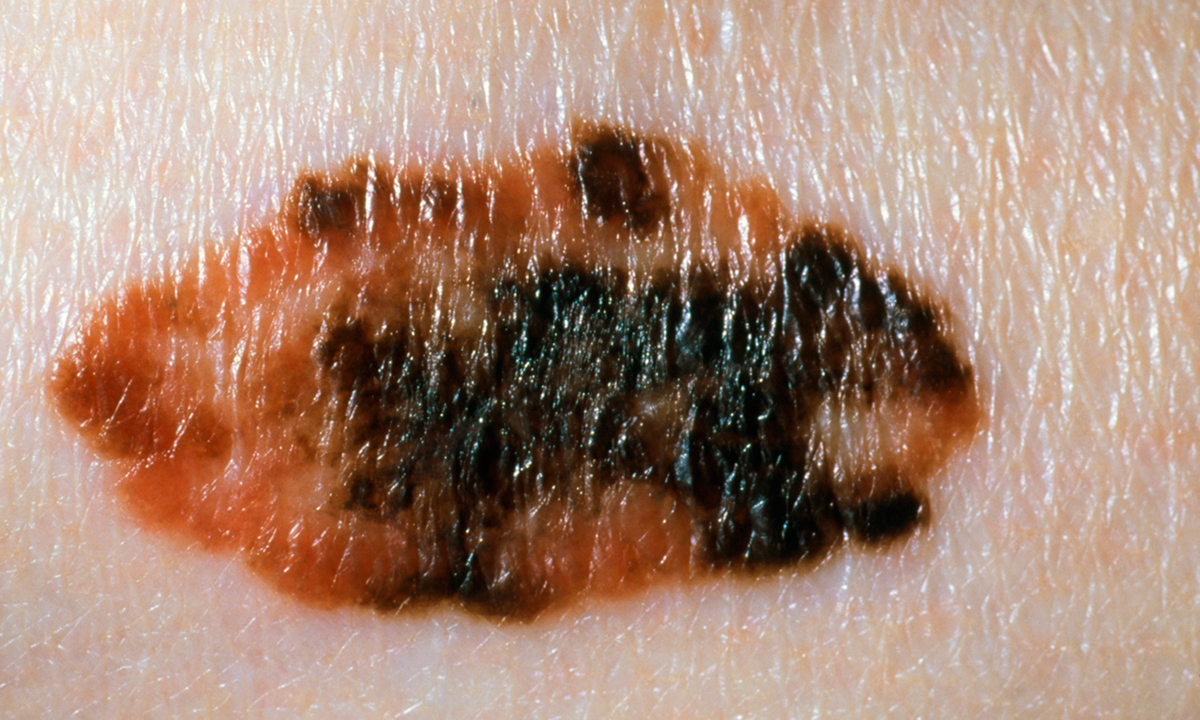PREGNANT women should be routinely checked for skin cancers, experts say, amid warnings that the risk of developing melanoma in pregnancy is often wrongly downplayed.
A recent review published in Obstetric Medicine reported that melanoma affects 45 per 100 000 pregnancies, which was higher than expected when compared to the general female population of childbearing age (15–44 years). The data indicated that 35% of women diagnosed with melanoma were of childbearing age.
While the review authors said that the diagnosis of melanoma in pregnancy was relatively uncommon, Professor Rodney Sinclair, dermatologist at the University of Melbourne, said that the prevalence of melanoma in pregnancy was greater than many health professionals realised.
“Often we hear from patients attending for skin checks that, while pregnant, their midwives told them not to worry about a changing mole because moles may change as a normal part of pregnancy,” he said.
“That kind of blanket advice, where they have not actually looked at the mole, is potentially devastating – it would only take 1000 pregnancies before a melanoma is missed.”
Professor Sinclair told MJA InSight that GPs and obstetricians could easily incorporate a skin check as a routine part of antenatal care.
“All pregnant women would benefit from having their moles checked early in the pregnancy and again in the third trimester,” he said. “This usually means a 90-second inspection of the patient, when undressed, for suspicious moles, with referral to a dermatologist if required.”
The authors of the recent review, Professor Shaun Brennecke of the University of Melbourne’s Department of Obstetrics and Gynaecology and Rebecca Still of Monash Health, similarly concluded that “the antenatal consultation represents an important opportunity to discuss melanoma concerns with the patient and facilitate early diagnosis”.
Professor Brennecke told MJA InSight: “My take-home message is to be alert to the possibility that, while changes to pigmented skin lesions may reflect the physiological influence of pregnancy, it is also possible, particularly in Australia, that such changes are indicative of melanoma”.
The review pointed out that at present, there was no conclusive evidence to suggest that pregnancy-associated melanomas had a poorer prognosis than other melanomas; however, the authors highlighted a number of hypotheses for ways in which pregnancy may compound the risks of melanoma.
In addition to the possibility that delayed diagnosis due to the commonly experienced changes in pigmentation during pregnancy was a possible cause of worsened outcomes, the authors also explained that pregnancy increased lymphangiogenesis, which may thereby raise the risk of lymphatic melanoma metastases. They also pointed out that there was some evidence linking pregnancy-associated plasma protein-A to melanoma progression. Hormone effects, immune tolerance and growth factors may also enhance tumour genesis and growth during pregnancy.
“A recent population study reported no increased risk of preterm birth, planned birth, caesarean section or stillbirth with a diagnosis of melanoma in pregnancy. This is in contrast to adverse pregnancy outcomes reported for women diagnosed with cancers in general,” the authors wrote.
The reviewers noted that while data on fetal growth in pregnancies complicated by melanoma were limited, studies had observed significantly increased rates of large for gestational age infants born to mothers with a diagnosis of melanoma in pregnancy, saying that “this may suggest that growth factors, or oncofetal antigens, involved in gestation may also be implicated in tumour growth during pregnancy”.
The management of cancer in pregnancy was complex and required a multidisciplinary approach, the review found, and the authors acknowledged that there was not high level evidence to guide treatment.
Wide local excision and sentinel lymph node mapping and biopsy may be performed without risk to the fetus. However, lymphadenectomy during pregnancy was challenging as it required general anaesthesia. The authors said that despite this risk to the fetus, timely sentinel lymph node biopsy and lymphadenectomy may be preferred, given increased melanoma metastasis in pregnancy.
New systemic drugs are now available to treat metastatic melanoma, though their effects on pregnancy are largely unknown. The review cited a case report of a woman treated with vemurafenib in the second trimester; her child was born healthy but the mother died 2.5 months later.
To find a doctor, or a job, to use GP Desktop and Doctors Health, book and track your CPD, and buy textbooks and guidelines, visit doctorportal.

 more_vert
more_vert